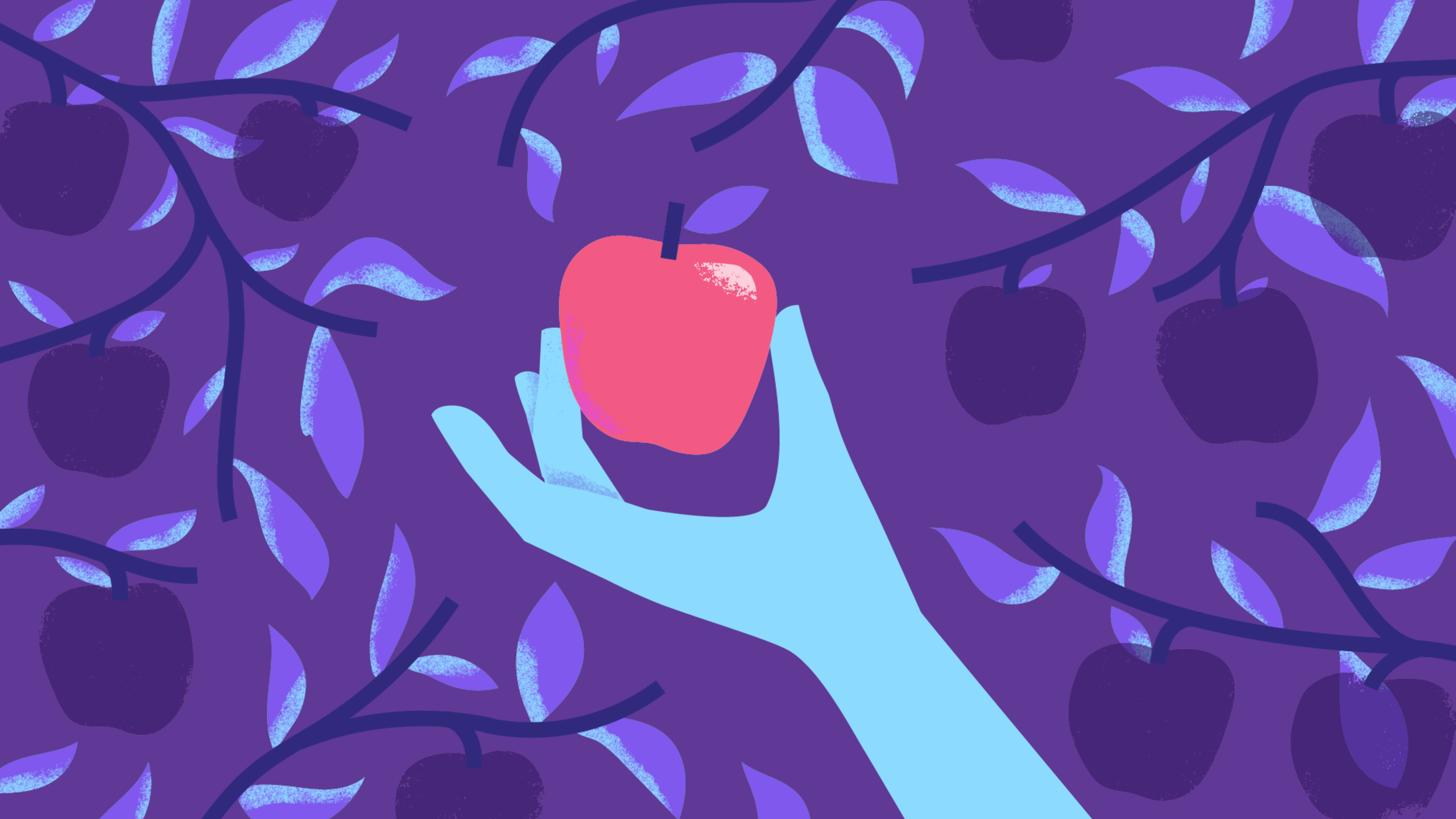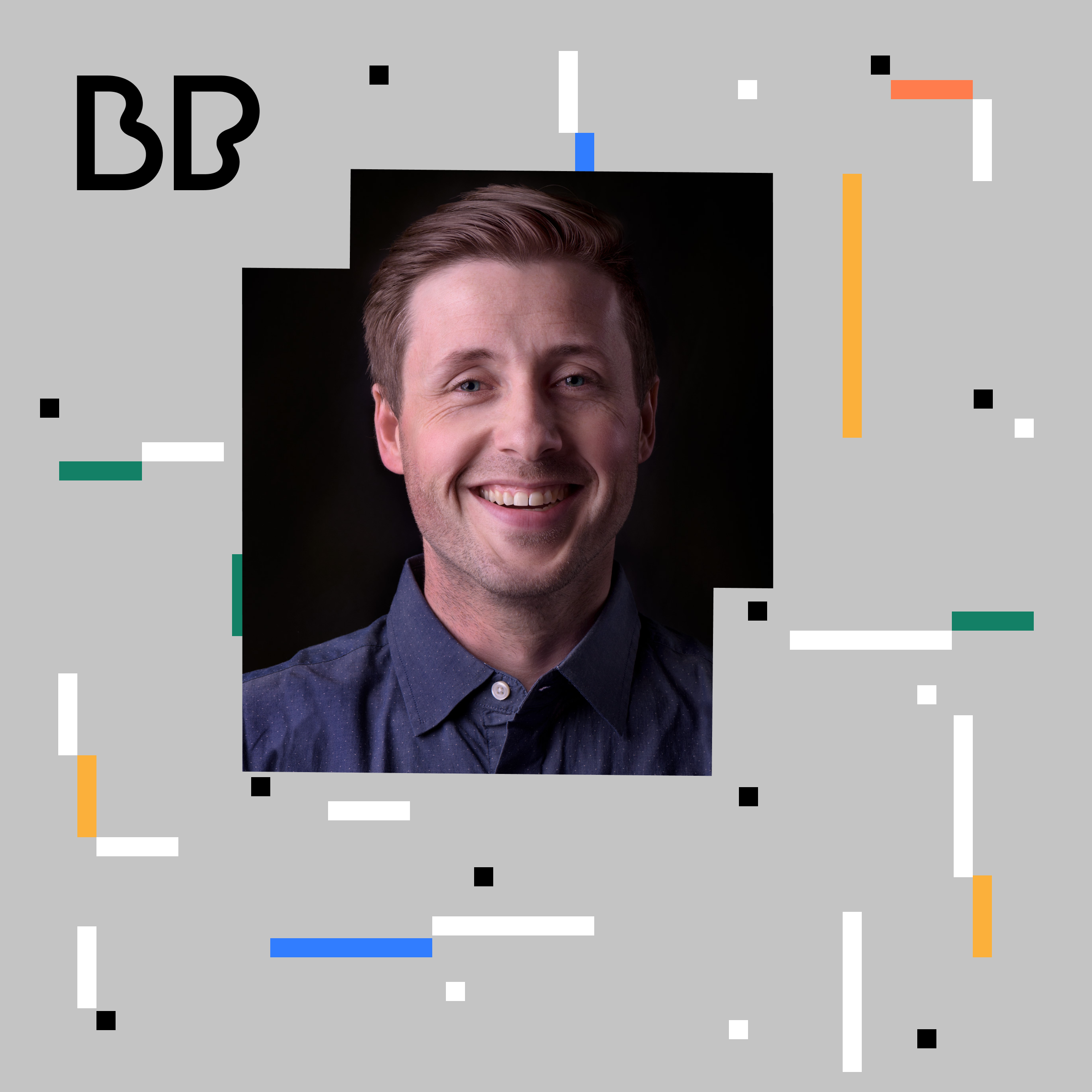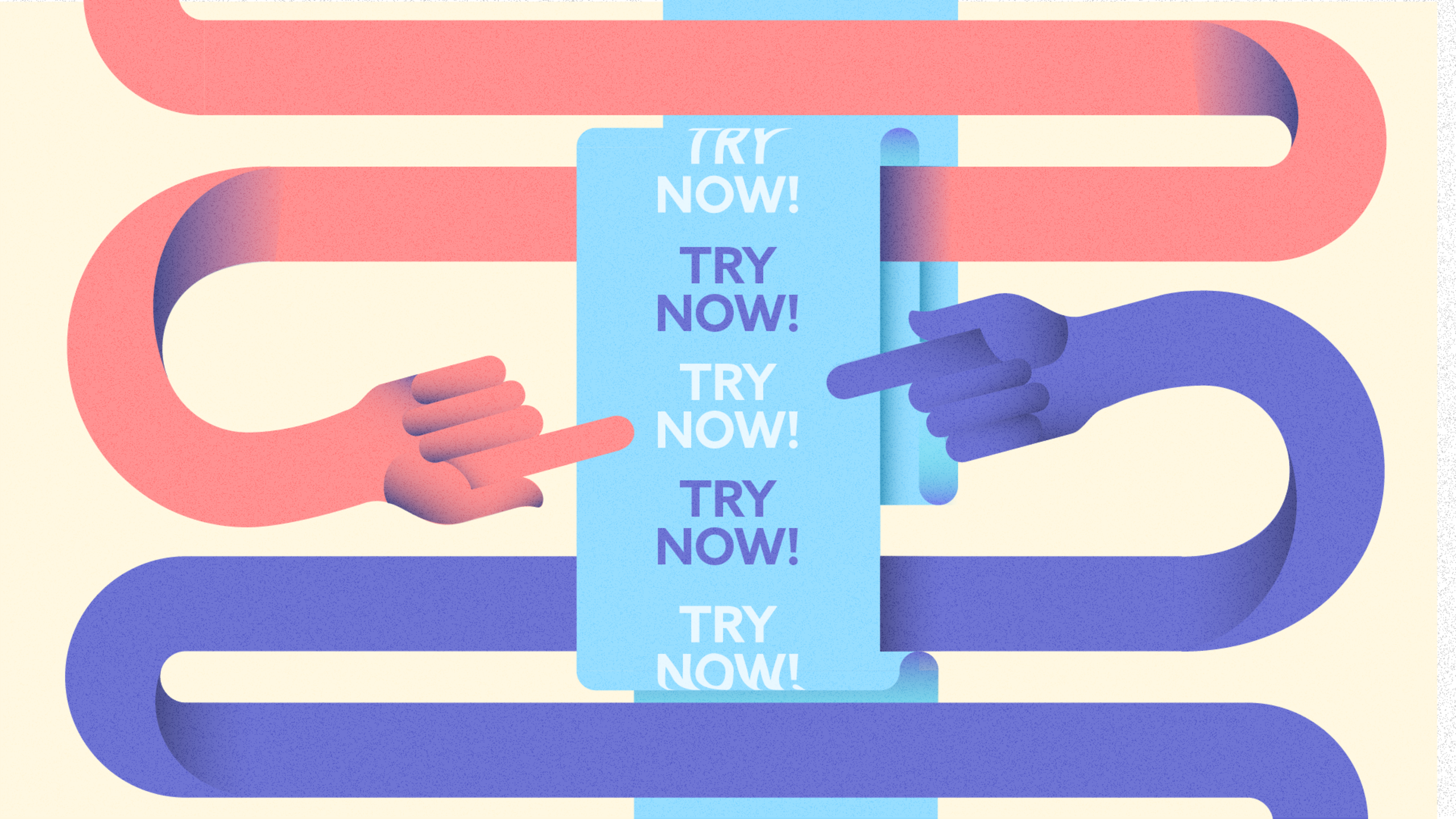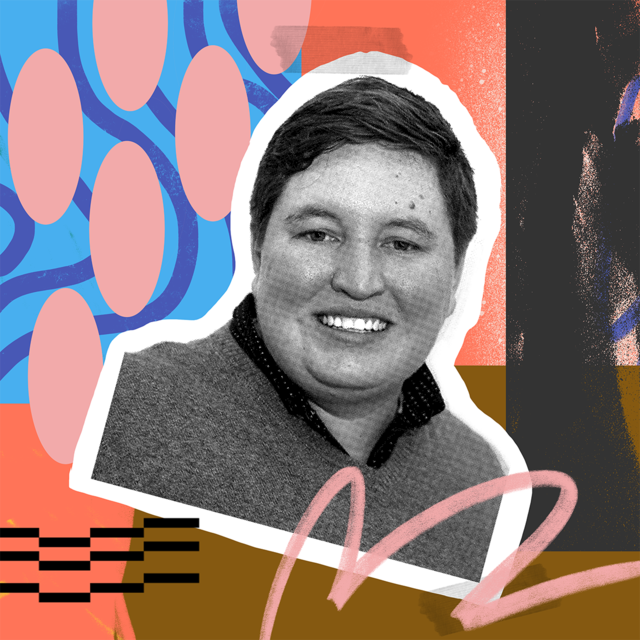
The Role of Design on Product Teams with Tyler Wanlass, Buffer

Tyler Wanless joins the series as a two for one, working as Head of Product Design and Interim Head of Product at Buffer, a social media management platform trusted by brands, businesses, agencies, and individuals to help drive social media results. In this episode, Tyler shares how design impacts the business, both in its ability to grow and the company culture.
As Tyler shares his story and unique experience, you’ll hear how he brought together disjointed products to create a cohesive experience for customers. He shares why it was necessary to create a coherent feel among three different products while showcasing the impact on making this pivotal decision.
Hear from leaders like Tyler Wanlass while tapping into the power of an interconnected community of product professionals at betterproduct.community.



